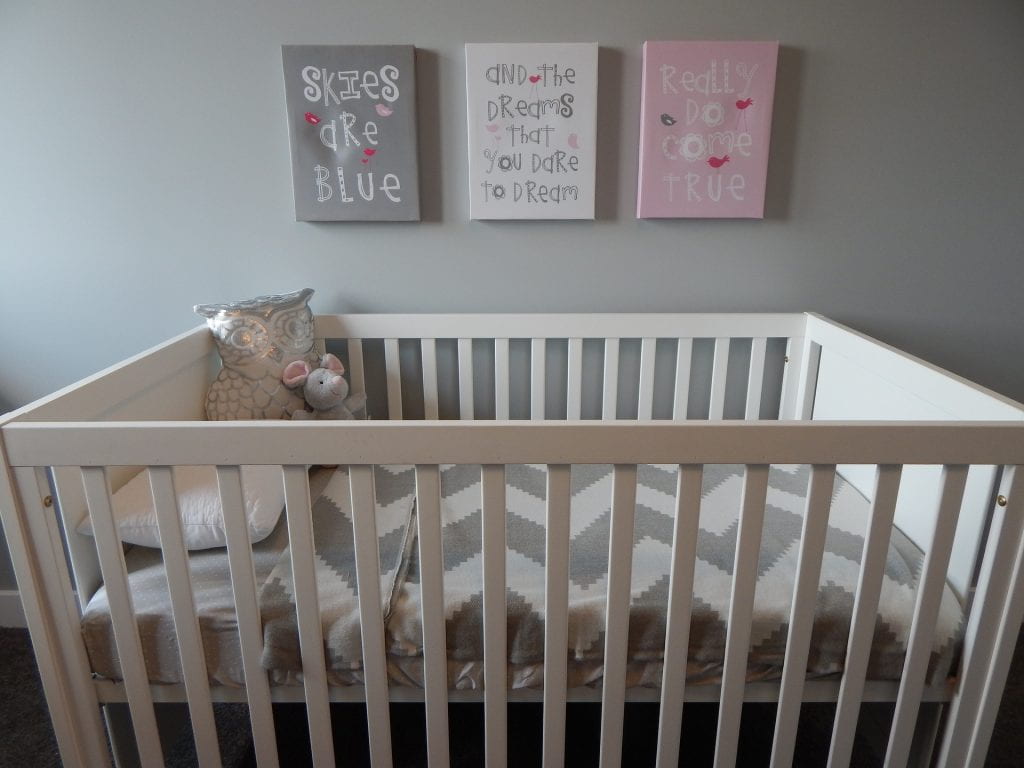
Sleeping and Naptime Overview
Sleeping is part of life and it is important and necessary for children to healthy develop and grow. Since sleep is important, it is necessary for children to have naptime and sleeping time at home and in daycare centers. Young infants sleep most of the day and mostly wake up if they need their diaper changed if they are hungry, and for other types of care. On the other hand, a toddler that is active and 2-year-olds, spend more time playing and staying awake, than asleep. Since they spend time playing and being active it is important for the toddler to sleep for at least an hour to regain and restore energy. Even if a child does not seem to want to sleep the child will benefit from the nap. According to Dodge, Berker, and Rudick, “A well-rested child is better able to participate fully in the program” (Dodge, Berke, & Rudick, 2015). If a child is not well-rested the child will be cranky and not as productive. Even though that sleep is important, it can be difficult to meet the sleep needs of each child because each child has different sleeping patterns/schedules. Overall, sleep is necessary for children’s physical, cognitive, language, and social development well-being.
The Sleeping and Naptime Environment
- Supplies for time should be close to the crib.
- Each child should have their own crib, cot, and mat to sleep on.
- The cribs should be safe.
- Dodge, Berker and Rudick say…
- “Use firm crib mattresses.
- Place babies on their backs to sleep.
- Keep pillows, blankets, comforters, and toys out of cribs.
- Make sure babies’ heads and faces are uncovered while they sleep.
- Avoid the use of bumper pads, which can block the flow of fresh air and make carbon dioxide build-up.
- Watch for strangulation hazards such as dangling cords from blinds/drapes near the crib. This should be away from the crib.
- Keep side rails up when children are in their cribs, and lower the crib height of the mattress when children begin to sit or stand.”
- Dodge, Berker and Rudick say…
- Children should be provided with clean sheets and bedding.
- Provide evacuation cribs.
- Children should sleep in the same place each day.
- Space should be peaceful and relaxing.
- No toys in the crib at all.
- And have a space for breastfeeding mothers.
Bedtime Ritual
As of now, I do not have any children in my care, but I know that having a bedtime ritual/routine is important for children. A ritual/routine that I feel works for most children is first the child has a bath and then brushes their teeth, then the child is allowed to play for a couple of minutes from 15-20 minutes. During this playtime, some of the games/things that children can play/do are play with toys, play a game, or listen to music. After the time is up the parent can read to the child or tell them a naptime story. This should be done in a quiet space. Then put the child to bed, cuddle with the child, and kiss goodnight. After the routine is done let the child know that it is time for bed and turn on some white noise and night light and leave the room. I feel that this schedule/routine will make the child feel safe, and cared for and might look forward to sleep/nap time.
Sleep Routine Schedule
- Bathtime and wash teeth
- Playtime
- Reading/Story Time
- Kiss and Cuddle and say goodnight
Sleeping Patterns
I do not have my own classroom, but I do know that all children are different and each child has their own sleeping pattern and sleeping routine. Some children first like to play for a couple of minutes and then go to sleep. Other children like to cuddle before going to sleep and others do not. Also, some children prefer to fall asleep with a nightlight and with a white noise machine. Since each child is different some children might wake up cranky, and others might wake up happy and smiling. Even though each child is different and each child has their own sleep patterns, the caregivers should make an effort to meet the needs of each child. “Because each infant’s sleep-wake cycle is likely to be different, meeting the individual needs of the infants in your care can be challenging” (Dodge, Berke, & Rudick, 2015). The best way to do this is by observing each child and looking for their cues to sleep observing and documenting will help us meet the needs of each child. Also, communicating with the children’s families will help you meet the children’s needs. Finally, it is important to remember that each child is different and each child has their own sleep patterns and needs. Some might sleep for longer and others might sleep less.